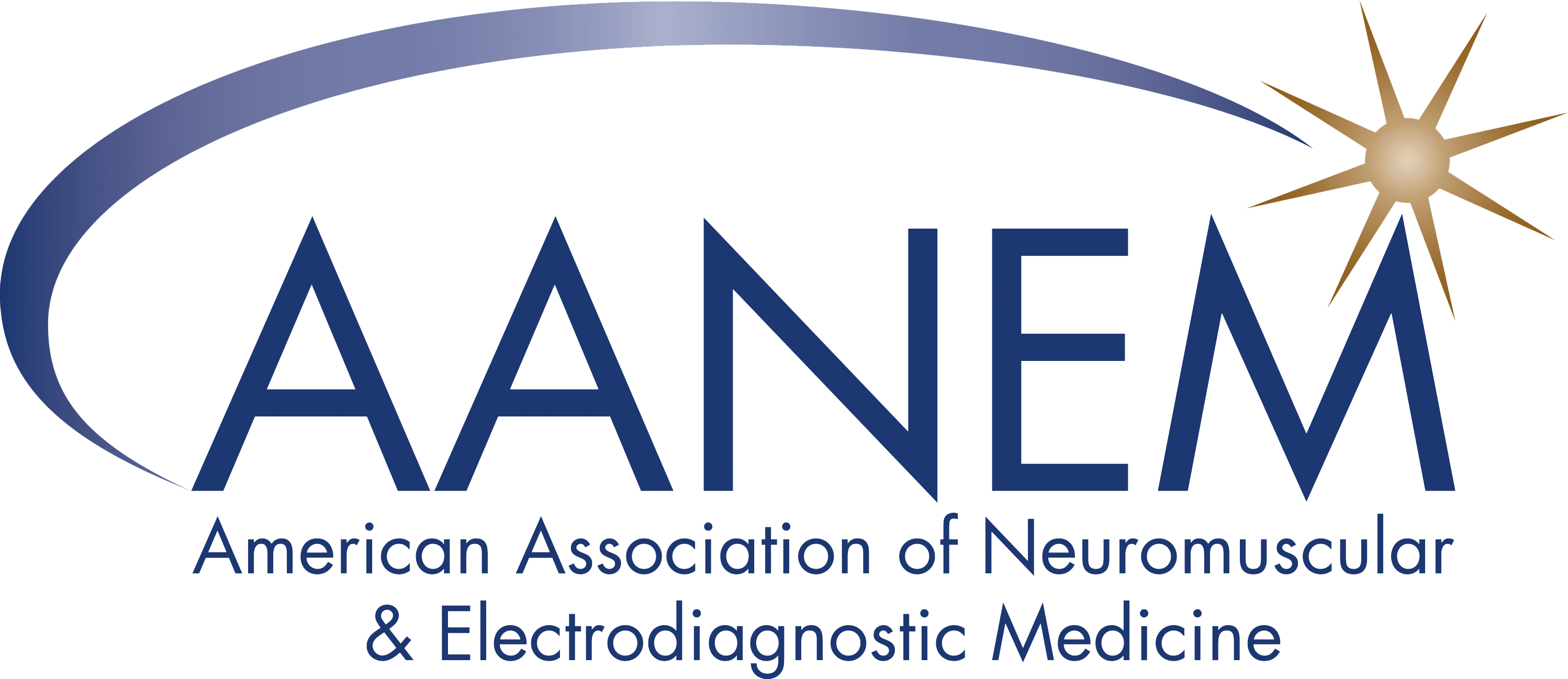Press and Media
View the latest AANEM Achievement Award winners, the American Neuromuscular Foundation (ANF) Abstract Award winners, and the latest AANEM news articles on News Express.
Science News: Clinical Relevance of Distinguishing Autoimmune Nodopathies From CIDP: Longitudinal Assessment in a Large Cohort
Submitted by: Pritikanta Paul, MD
Edited by: Miliva Pleitez, MD
Citation: Broers MC, Wieske L, Erdag E, et al. Clinical relevance of distinguishing autoimmune nodopathies from CIDP: longitudinal assessment in a large cohort. Journal of Neurology, Neurosurgery & Psychiatry 2024;95:52-60.
Summary: Patients with autoimmune nodopathy (AN) typically have specific clinical features and may not respond well to initial treatment with intravenous immunoglobulin (IVIg). However, there is limited documentation on investigating serial antibody titers in correlation with treatment response over the disease course.
This prospective study aimed to assess the treatment response in patients with AN initially diagnosed as chronic inflammatory demyelinating polyradiculoneuropathy (CIDP). Antibody titers for neurofascin-155 (NF155), contactin-1 (CNTN1), and contactin-associated protein 1 (CASPR1) were measured in CIDP patients. Among 401 patients, 21 were identified with AN. The study's findings align with previously reported prevalence rates for anti-NF155 (3% vs 1–25%), anti-CNTN1 (2% vs 0.7–7%), and anti-CASPR1 (2% vs 0.2–3%) antibodies.
The study observed stable or increased antibody titers in most patients treated with IVIg. Patients undergoing plasmapheresis, corticosteroids, rituximab®, or a combination tended to experience a decrease in antibody titers. Notably, stopping immunomodulatory therapy led to clinical deterioration in four patients, accompanied by the reappearance of antibodies or an increased antibody titer in three cases supporting their pathogenic role. All four patients demonstrated clinical improvement upon resuming treatment. The authors concluded that monitoring disease activity using antibodies against paranodal proteins can be beneficial, particularly when contemplating treatment withdrawal. Limitations of the study include diverse treatment regimens among patients, complicating the assessment of treatment efficacy.
Comments: This study shows that patients with AN treated with plasma exchange, corticosteroids, or rituximab® often reduce antibody levels, but stopping therapy may cause clinical decline and antibody reappearance. This highlights the potential of using antibodies against nodal/paranodal proteins to monitor disease activity during treatment withdrawal. Further research is needed to compare rituximab's effects with non-B-cell depleting agents. A vast majority of AANEM audience are care providers for patients with CIDP and autoimmune nodopathy and this study provides updated knowledge as well as directions for future research.
Frequently Asked Questions
Q: When will be content of abstracts be viewable, as opposed to just the titles?
A: The abstract content will be available at the annual meeting during the Poster Hall hours. We do not provide abstract presenter information or slides ahead of time. All available information can be found in the AANEM Abstract Guide online when it becomes available.
Q: How do I reach out to abstract or session presenters for an interview?
A: We do not offer member contact information. To connect with abstract or session presenters, review the AANEM Annual Meeting Program when available. Find the topics of interest and connect with the presenter after their lecture or during their abstract poster session time. Currently there is no interview option for virtual attendees.
Q: When can I share information?
A: The embargo on the abstracts themselves is lifted when they have been published in Muscle & Nerve and online in the AANEM Abstract Guide. However, the additional information beyond what is in the abstract itself is still embargoed.
AANEM requires information that goes beyond that which is contained within the abstract, e.g., the release of data not included in the abstract, discussion of the abstract done as part of a scientific presentation, etc. to be embargoed until the start of the annual meeting. Please see the Abstract Embargo Policy.
Q: Will the Abstract Award Reception feature the best posters?
A: The Abstract Award Reception is a social hour in honor of the abstract award winners where all authors, including award winners, will be available to discuss research.
Q: Original research is ONLY presented as posters, correct?
A: Yes - the research is presented in the Poster Hall via abstract posters.
